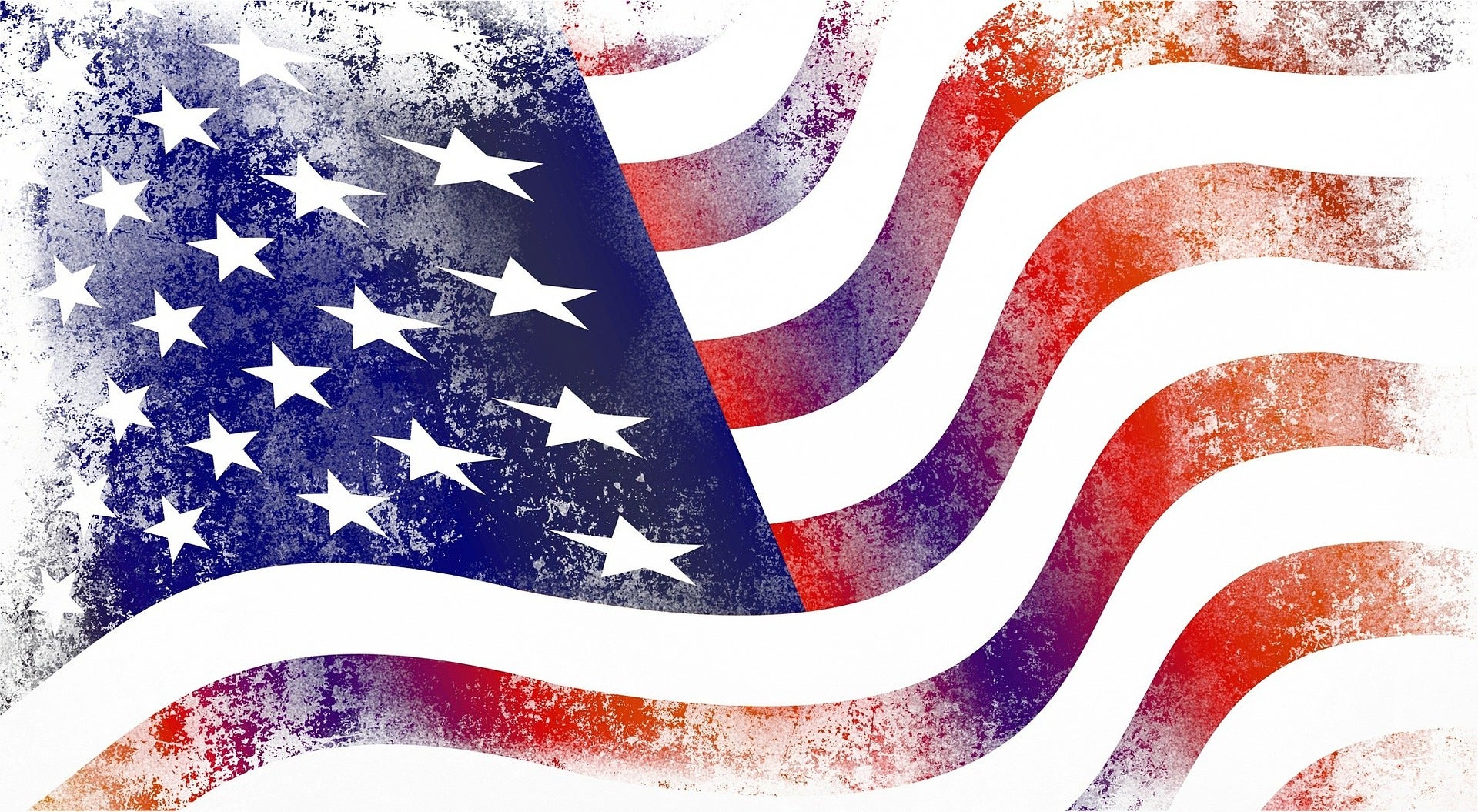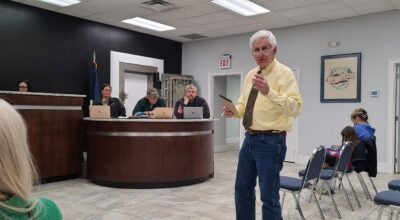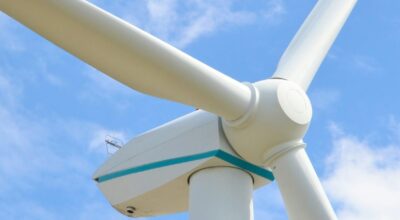Think safety first over July 4th
Published 7:36 am Sunday, July 3, 2022
As communities and families prepare to celebrate the Fourth of July, some parents overlook the risks of burn and injury that fireworks pose for children, according to a national study.
A national poll by the children’s hospital at the University of Michigan found that one in five parents said their children were less than 100 feet, the recommended distance, from where fireworks were set off.
Kentucky law prohibits igniting fireworks within 200 feet of homes, vehicles, structures or other people, and cities and counties have ordinances that apply even if they are more stringent than state law.
Why keep your distance? Because fireworks are unpredictable, poll co-director Sarah Clark said in the news release: “It’s essential that parents keep children far away from where those fireworks are set off.”
The poll also found that over a third of parents said their children or teens helped set off fireworks in the past two years, with one in five parents saying they’d allow a child 10 or younger to help. Another third said they’d let kids ages 11-15 help, and more than a quarter said they’d let older teens get involved, the release said.
“Parents differ on what age they would allow their child to be part of setting off fireworks,” Clark said. “But parents need to ensure children are at the right age and maturity level to understand the dangers involved and importance of carefully following all safety rules. If the child is not ready to do these things, their risk of burns, eye injuries and other accidents is increased.”
Kentucky law says you must be 18 or older to buy or set off fireworks.
Sparkler safety
Sparklers pose an extra risk, because parents often perceive sparklers as a safe option for kids, not realizing that they can burn at temperatures of about 2,000 degrees Fahrenheit, which is hot enough to melt some metals, according to the U.S. Consumer Product Safety Commission.
The poll found that two in three parents say their children always follow the rules when using sprinklers, and a majority said they enforce the rules. However, just half of parents said they have sand or water nearby to dispose of used but still-hot sparklers.
Most parents also said they talk to their children about safety rules for fireworks, and more mothers than fathers said the believe they are always careful about supervision, the release said.
“Sparklers are only safe if parents enforce all safety measures and children follow them,” said Clark.
About 15,600 people went to emergency rooms because of fireworks injuries in 2020, a 56 percent increase from the 10,000 injured in 2019, according to the latest annual report from the Consumer Product Safety Commission. The report says that in 2020, 18% of the estimated fireworks injuries were in children younger than 15.
“Our poll suggests that some parents may need to be more diligent to ensure a safe environment that minimizes these risks and protects children from firework injuries,” said Clark.
Fourth of July safety tips
• Stay at least 100 feet away from where any fireworks are set off.
• If setting off your own fireworks, purchase legal ones that are clearly labeled for consumer use and follow directions and safety guidelines carefully.
• Never use fireworks while impaired by alcohol or drugs.
• Never point or throw fireworks, including sparklers, at anyone.
• Wear safety goggles or other eye protection if setting off fireworks yourself.
• Keep a bucket of water or a garden hose nearby in case of a fire.
• Douse all used fireworks with water before discarding to avoid trash fires.
• Only light one firework at a time and don’t try to relight the duds.
• Wait until fireworks cool before picking them up, possibly even the next day.
Sparkler safety:
• Consider your child’s age and maturity level, including their ability and willingness to follow rules, before allowing them to use sparklers.
• If using sparklers, teach children how to hold them below the point where they will burn down and to put the sparkler in a water bucket after use.
• Check the area for rocks, toys or other objects to prevent children from tripping when it’s dark. The space should also be far from trees, homes, and fire hazards.
• Make sure children are at least six feet apart when using sparklers.
• Make sure children know to hold the sparkler away from their face.
• Use only one sparkler at a time.
• Ensure children wear shoes to prevent burns if they accidentally step on a used sparkler.
First aid tips for burns
• Be prepared to use first aid. For a minor burn, place a towel soaked in cool water over the area for about five minutes. Then cover with a clean bandage and give your child acetaminophen to reduce pain and swelling.
• For a major burn, or if the burn involves eyes, take the child to the emergency room promptly.







